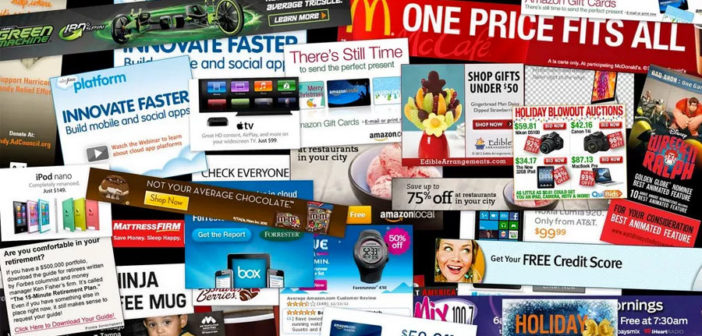The publisher guide to the state of header bidding
Header bidding started as a short-term hack — a neat trick introduced to circumvent the inefficiencies of the waterfall process — but it’s now viewed as a significant change to the future revenue models for publishers.
Most publishers are interested in adopting header bidding, whether it’s client or server side. For publishers that don’t want to use header bidding for fear of risking page latency, server-side bidding is an option that opens up more scale without jeopardizing page-load times — at least in theory.
Here’s the latest on header bidding and what it means for publishers.
Key takeaways:
- Header bidding brings more transparency to a publisher’s auctions, giving them more control of its tech stack.
- Server-side bidding is essentially the same principle as (client-side) header bidding, but it takes the burden of the auction out of the publishers’ browser/header and onto a third-party server.
- Header (and server-side) bidding are tools to achieve a wider goal: a unified auction, where direct demand and auction-based demand can compete better.
- Header bidding’s main drawback is page latency. There’s a limit to how many demand partners can be integrated before page latency becomes a problem.
- Since the rise of header bidding, Google has introduced exchange bidding in Dynamic Allocation, its own version that some publishers are testing.
- Publishers can integrate more demand partners using server-side bidding without the risks of page latency. The catch: User matching isn’t nailed yet.
Key numbers:
- Programmatic ad spend in the U.S. will hit $37.9 billion (£29.4 billion) by 2018, according to eMarketer.
- Digital ad spend in U.K. grew to £10.3 billion ($13.3 billion) in 2016, £2.71 billion ($3.5 billion) of which was traded programmatically, according to an Internet Advertising Bureau/PricewaterhouseCoopers report.
- More than 70 percent of U.S. publishers are using header bidding, according to AppNexus.
- The Telegraph credits header bidding with raising its current programmatic revenue by 70 percent compared to this time last year.
- Six ad tech partners have integrated with Facebook’s Audience Network for header bidding.
- 55 percent: PubMatic claims mobile web header-bidding eCPMs grew by 55 percent in the first three months of this year compared to last year across its network.
The publisher view
Header bidding is still a hot topic, but because it can only support a finite number of demand partners before choking page-load speed means it can only be part of the puzzle. That’s also why server-side bidding is gaining more traction, and some are predicting hybrid solutions will be the future. Some publishers, like The Guardian, are turning completely to server-side bidding. The gains are about more than just increased yields. Header bidding has given publishers more transparency in their digital transactions. Via server-side integration, they can have a direct view of the bidding process across multiple exchanges. That’s opening the door for new kinds of commercial packages based off information gleaned from seeing exactly who is winning and losing bids across the exchanges they use.
The buyer view
“Most advertisers confuse header bidding with better access to inventory, which is somewhat of a fallacy,” said Dan Larden, global partnerships director at Infectious Media. “What header bidding actually gives advertisers is an increase in opportunities to see both known and unknown users in the wild. This increase in data helps advertisers and the demand-side platforms they use to incorporate more touch points into their various algorithms to make smarter decisions on the when, what and where.”
–
This article first appeared in www.digiday.com
Seeking to build and grow your brand using the force of consumer insight, strategic foresight, creative disruption and technology prowess? Talk to us at +9714 3867728 or mail: info@groupisd.com or visit www.groupisd.com




